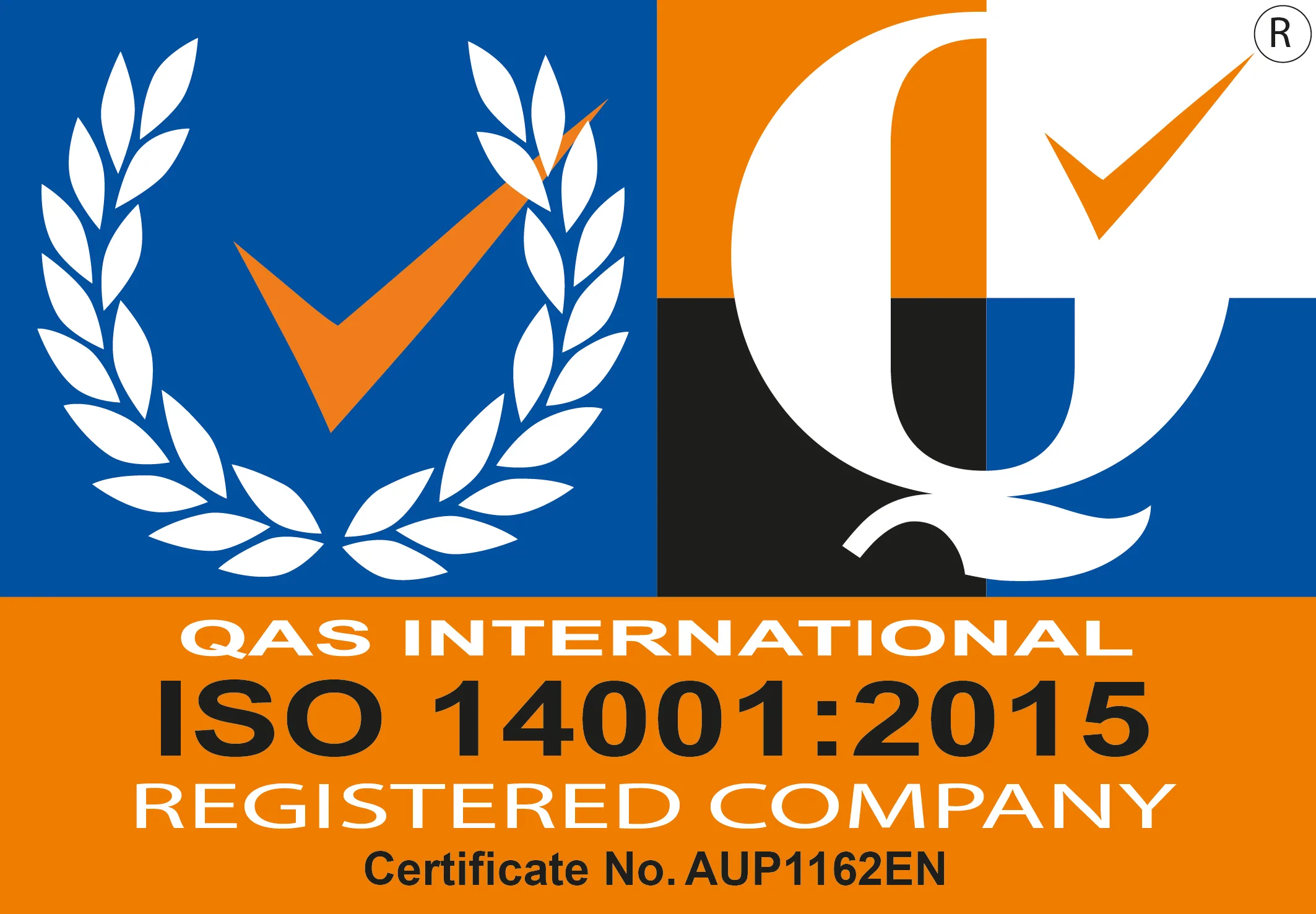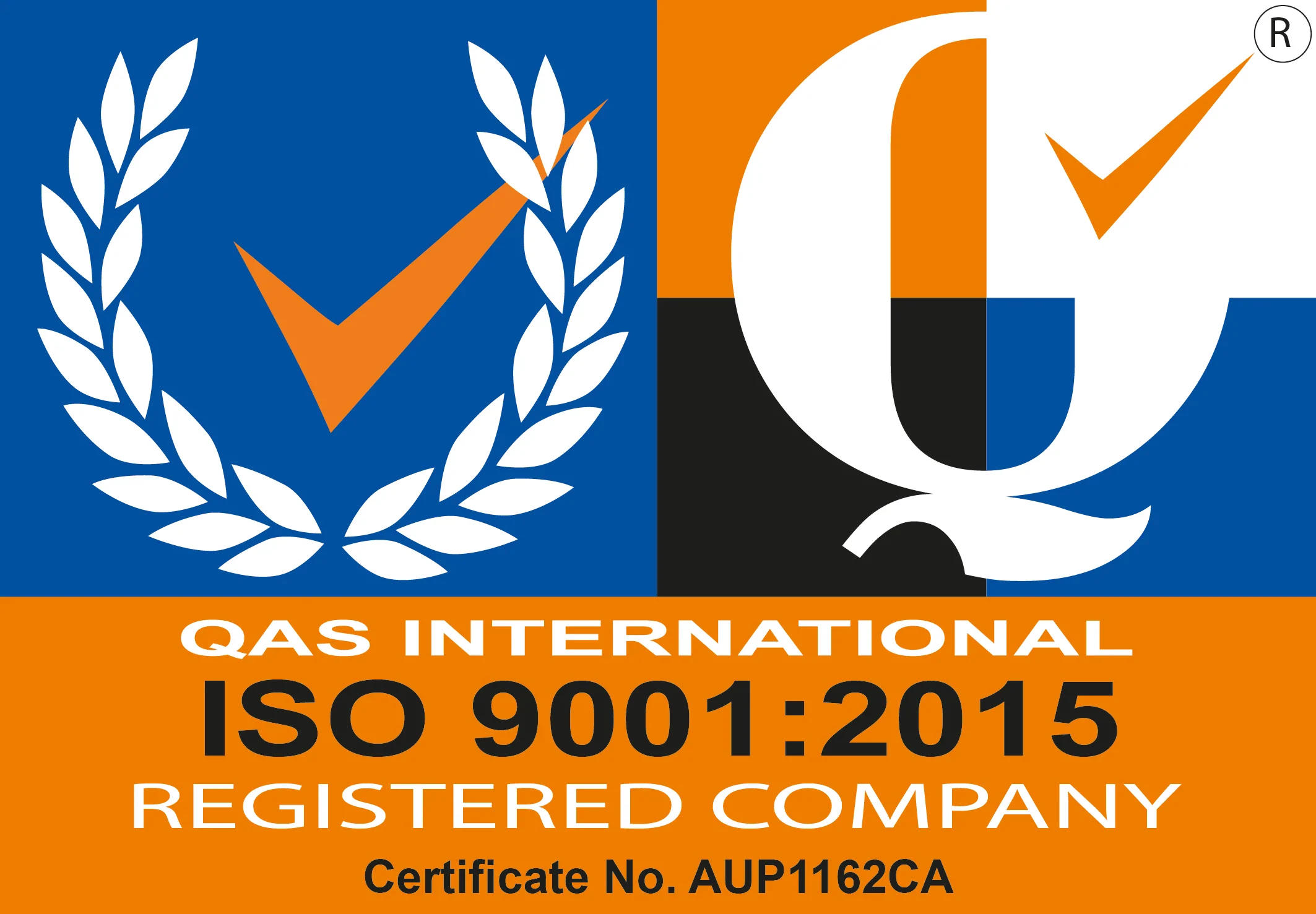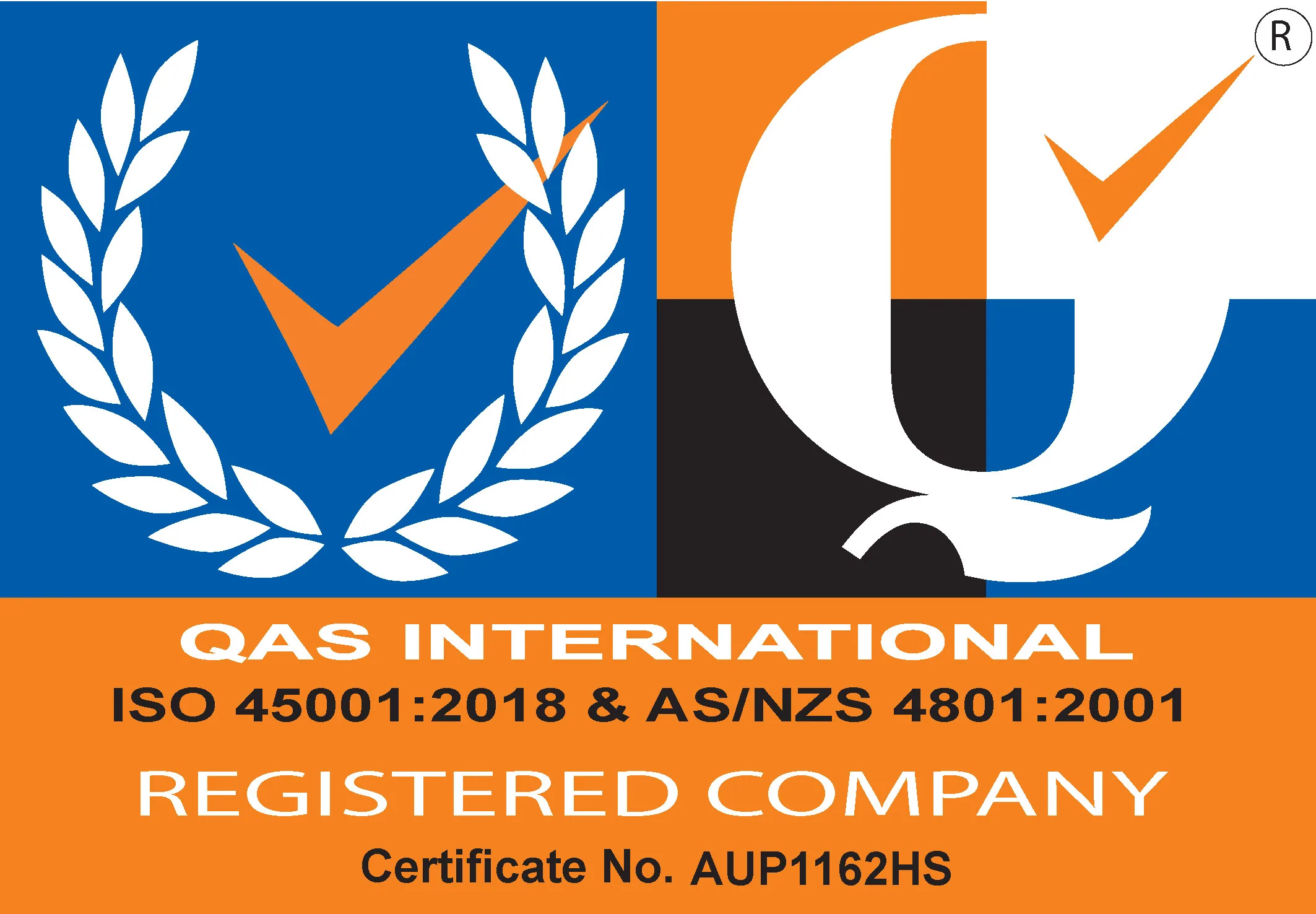Products / Stormwater Pipe & Fittings / StormPRO® System SN8 / StormPRO® Polypropylene Pipe 600mm
✓ Manufactured in Australia
✓ Pipe stiffness SN8
✓ Crack Resistant
✓ Domestic or Industrial Applications
✓ Lightweight & Lower OH&S Risk
✓ Corrugated outer wall for structural strength
✓ Lower Project Cost & Shorter Installation Time
✓ Smooth inner wall for optimum hydraulic performance
✓ Suitable for aggressive or saline soils
✓ Adaptable to soil movements
✓ Range of fittings available
Introducing StormPRO® Polypropylene Pipe 600mm, the cutting-edge solution designed specifically for efficient stormwater and drainage applications. These twin-wall, corrugated polypropylene pipes adhere to the highest industry standards, complying with AS/NZS 5065. With an emphasis on optimum hydraulic performance and a high stiffness to weight ratio, StormPRO® Pipes combine durability and reliability to deliver exceptional results in various stormwater scenarios.
StormPRO® Pipes are engineered with an innovative twin-wall, corrugated polypropylene design, ensuring reliability and longevity. Their structured wall construction provides superior strength and toughness, effectively handling stormwater runoff and maintaining structural integrity in demanding environments.
Designed for versatility, StormPRO® Pipes can be installed in both trafficable and non-trafficable areas, making them suitable for a wide range of environments and projects. Whether it’s road pavements, railway systems, mining sites, rural areas, or land development projects, StormPRO® Pipes offer efficient stormwater management and reliable drainage solutions. Their adaptability allows them to withstand aggressive ground conditions, accommodate soil movement, and effectively handle varying stormwater flows.
Benefit from the lightweight design of StormPRO® Polypropylene Pipe 600mm, simplifying handling and reducing the need for heavy lifting equipment during installation. The corrugated outer wall ensures structural strength while the smooth inner wall facilitates optimal hydraulic flow. On-site cutting of StormPRO® Pipes is hassle-free, with no generation of dust, providing flexibility and ease of installation.
Choose from a comprehensive range of StormPRO® Pipe sizes, ranging from DN150 to DN900, all boasting SN8 pipe stiffness. The pipes feature a rubber ring joint for secure connections, and they are available in convenient 3m or 6m effective lengths. Additionally, a wide variety of fittings are available, ensuring seamless connections and adaptability to different project requirements.
StormPRO® Pipes find wide application in various settings. They effectively manage stormwater flow under roads, ensure efficient roofwater drainage, provide reliable culverts for water conveyance, and offer solutions for channel replacement projects. With their superior performance, durability, and versatility, StormPRO® Pipes meet the demands of diverse stormwater and drainage applications. Moreover, StormPRO® Pipes are manufactured with efficiency and sustainability in mind, reducing raw material usage and featuring a long lifespan. At the end of their service life, they are recyclable, further reducing environmental impact.
Experience the comprehensive and cost-effective solution offered by StormPRO® Pipes for your stormwater and drainage applications. With their innovative design, ease of installation, and compatibility with various project requirements, StormPRO® Pipes ensure optimal hydraulic performance, durability, and environmental sensitivity. Trust in the reliability of StormPRO® Pipes to effectively manage stormwater in diverse environments and projects.
As a distributor of StormPRO® Polypropylene Pipe 600mm, Convic Australia offers expert advice and timely solutions for your stormwater and drainage needs. Contact us today to discuss your project requirements and benefit from the exceptional performance of StormPRO® Pipes.
Installer |
User |
Environment |
| • Light weight
• Long lengths • Ease of handling • Less heavy equipment required • Hydraulic capacity • Structural integrity • Safety – less chance of injury • No chamfer required • Speed of installation • Ease of jointing • Less maintenance • Impact resistance – site handling • Cost savings in installation • No damage due to transport • Easy to cut • Ring cannot be dislodged |
• Cost effective installation
• Corrosion resistance • Abrasion resistance • Joint performance – leak tightness and tree root resistance • Benefits of a flexible pipe– structural integrity • Long life |
• Material efficient
• Long life product • Joint performance • No exfiltration – no pollution • No infiltration – savings on treatment costs due to lower volumes • Recyclable at end of life |
Nominal Diameter (DN) |
MEAN OUTSIDE DIAMETER (mm) |
MEAN INSIDE DIAMETER (mm) |
EFFECTIVE LENGTH (mm) |
APPROX. WEIGHT (kg) |
PROFILE PITCH
|
MINIMUM PROFILE THICKNESS “T” (mm) |
INNER WALL THICKNESS “E” (mm) |
| 600 | 682 | 596 | 5.85 | 120.5 | 75.4 | 3.7 | 3.9 |
*Measurements are approximate and subject to change without notice
StormPRO™ pipes incorporate the latest manufacturing technology using continuous polypropylene dual extrusion combined with a vacuum controlled corrugating process. The twinwall structure consists of simultaneously extruded smooth inner wall and corrugated outer wall. At the valley of each corrugation, where the inner and outer walls meet, the two surfaces are fused together for the full circumference of the pipe.
Property |
Value |
Standard |
| Polypropylene (PP) pipe compound | block copolymer | |
| Density | 900 kg/m3 | ISO 1183 |
| Flexural modulus | 1700 MPa | ISO 178 |
| Creep ratio (2 years) | 3 | ISO 9967 |
| Pipe ring bending stiffness StormPRO™ | 8,000 N/m.m | AS/NZS 1462.22 |
| Coefficient of thermal expansion | 15 x 10 -5/°C | ISO 11359-2 |
| Tensile stress at yield (50mm/min) | 31 MPa | ISO 527-2 |
| Tensile strain at yield (50mm/min) | 8% | ISO 527-2 |
| Poisson’s ratio | 0.45 | ISO 527-2 |
| Charpy impact strength – notched (+23°C) (-20°C) |
50 kJ/m2 5 kJ/m2 |
ISO 179-1 |
| Shore D hardness | 60 | ISO 868 |
| Melt flow rate | 0.3 g/10 min | ISO 1133 |
| Melting point | 130-170°C | |
StormPRO™ pipes have high temperature resistance. Continuous service temperatures of up to 60˚C and short term
applications of up to 90˚C will not adversely affect the performance of StormPRO™.
StormPRO™ pipes are manufactured from compounds containing additives which ensure their resistance to ultraviolet light and weathering during handling and storage.
StormPRO™ polypropylene pipes are resistant to corrosion by aggressive soils and substances typically found in sewage effluent, including most industrial discharges. Therefore, the question of chemical resistance is likely to arise only if the pipes are used in unusual circumstances. Chemical resistance is affected by concentration, temperature, period of contact and stress. Polypropylene is resistant to weak inorganic acids, organic acids, alcohols, ammonia and oxidising salts and has limited resistance to aliphatic hydrocarbons, esters, ketones and ethers. Polypropylene is generally not recommended for aromatic and halogenated hydrocarbons. For more details or to check resistance to specific chemicals, refer to Vinidex Chemical Resistance Guide (VIN067).
Under general gravity drainage and sewer pipe laying conditions, detailed calculations predicting pipe performance are not necessary. Following an extensive study of installed pipe performance, the European Plastic Pipe and Fitting Association (TEPPFA) concluded that final deflection of pipes was controlled by the settlement of the soil after installation. Where installation was controlled, or self-compacting granular material were used, pipe deflections were consistently low regardless of installation depth and traffic or other loads. Where StormPRO™ pipes are to be installed in normal conditions at depths up to 6m such that the depth to diameter ratio is at least 2, design calculations are not required. Simply following the recommended installation procedures will ensure that deflections are controlled. This is particularly true for installations under roadways, where the level of compaction required to prevent subsidence of the pavement also provides a highly supportive structural environment for the pipe. For unusual conditions, or depths greater than 6 metres, design calculations may be performed in accordance with AS/NZS 2566.1. The structural design aspects of buried flexible pipes to be considered are vertical deflection, ring bending strain and buckling. The following typical values may be used in pipe design:
Property |
Value |
| Short Term Stiffness – StormPRO™ | 8000 N/m |
| Allowable long term deflection | 7.50% |
| Allowable long term ring bending strain | 4% |
| Long Term Stiffness – StormPRO™ | 2500 N/m/m |
Vinidex StormPRO® and SewerPRO® pipes are twin-wall, corrugated polypropylene pipes for non-pressure applications, and can be installed in non-trafficable and trafficable areas, including under road pavements. This guide is intended to provide general information for the safe installation of Vinidex StormPRO® pipes. For more detailed information refer to AS/NZS 2566.2 ‘Buried flexible pipelines: Part 2, Installation’. When designed and installed correctly, Vinidex StormPRO® systems will provide continuous service in excess of 50 years.
Vinidex StormPRO® are flexible pipes. This means that as vertical loads are applied, the pipe will deflect and take advantage of horizontal soil pressure to provide additional support. After initial compaction and settlement, applied vertical loads have very little effect on deflection.
Rigid pipes, such as steel reinforced concrete pipes do not deflect, and are designed to carry all applied vertical loads caused by soil and traffic. The surrounding soil provides little or no horizontal support to a rigid pipe. Notwithstanding this, proper placement and compaction of bedding material around rigid pipes is critical in minimising the load on the pipe.
Flexible pipes have some ability to deform without structural damage and provide designers and installers with a wide range of advantages. The structural action and design methodology of flexible pipes is well understood. Their use in all buried applications and particularly under road pavements is well established throughout the world and in Australia. As flexible pipes transfer load through deflection, loading outside design parameters leads mostly to deformation without structural damage. Overloading results in cracking of rigid pipes. Flexible pipes provide a substantial insurance for operational conditions outside design parameters.
Being manufactured from tough polypropylene, StormPRO® pipes are robust and are suitable for use in most site conditions. The pipes are relatively light weight and can generally be manhandled. Care should always be taken when pipes are loaded, unloaded, stacked or distributed on sites. When pipes are lifted mechanically, web or rope slings should be used. Pipes should not be allowed to overhang by more than 1 metre. Transport should not have sharp projections which could cause damage to pipes. Pipes should not be dragged along the ground as this can damage the pipe, causing difficulty with jointing and testing. StormPRO® pipes should be stacked on flat firm ground, which has been cleared of debris. Pipes should be laid flat on transverse bearers at least 75mm wide at maximum 1.5m centres.
Pipe sockets should be supported so that the ends are free from loading, with sockets in each layer opposite to the previous layer. Different sizes are best stacked separately. If this is not practical, then stack with the largest pipes at the base. Framed crates must be stored timber on timber and may go up three crates but should not exceed 3m in height. If pipes are to be nested for long periods, stacks should not exceed 2m in height. Rubber rings should be stored away from direct sunlight or weathering. Rubber rings should never be placed on the ends of pipes which are being stored.
The trench should not be excavated too far in advance of pipe laying and should be backfilled as soon as possible
The trench width should be as narrow as is practicable, but wide enough to allow adequate compaction of the haunch zone
Where pipes are laid in parallel, the minimum spacings between pipelines are given in Table below.
| Nominal Diameter (mm) | 150 | 225 | 300 | 375 | 450 | 525 | 600 | 750 | 900 |
| Minimum Spacing (mm) | 150 | 150 | 200 | 200 | 300 | 300 | 300 | 300 | 350 |
The trench should be excavated deep enough to allow for the specified grade, the required depth of underlay and the minimum cover.
| Loading Condition | Minimum Cover (m) |
| Not subject to vehicular loading | 0.3 |
| Land zoned for agricultural use | 0.6 |
| Subject to vehicular loading- | |
| (a) no carriageway | 0.45 |
| (b) sealed carriageways | 0.6 |
| (c) unsealed carriageways | 0.75 |
| Pipelines in embankments or subject to construction equipment loads | 0.75 |
StormPRO™ pipes have a simple and effective rubber ring joint system which is easy to assemble, leaktight and protects against tree root intrusion. The rubber ring is located on the spigot in the last trough between the corrugations. The below image shows the joint in cross section. For sizes DN150 to DN600, the pipe can be cut to length as required anywhere along the barrel and the same jointing system used. For pipe sizes DN750 and DN900, couplings are available for cut pipe.
StormPRO® pipes may be cut anywhere along their length as required. The cut should be made in the valley between the corrugations at right angles to the axis of the pipe using a suitable saw. A chamfer is not required.
Embedment material for StormPRO® pipes should preferably be granular, free-flowing material. This type of embedment material requires less compactive effort to provide support for the pipe and minimise soil settlement. The most common embedment material is 5-7mm crushed rock. A typical grading is shown in Table below.
| Sieve Size (mm) | 9.5 | 6.7 | 4.75 | 2.36 | 1.18 |
| % Passing by Mass | 100 | 85-100 | 30-85 | 0-30 | 0-5 |
| Sieve Size (mm) | 4.75 | 2.36 | 1.18 | 0.6 | 0.3 | 0.15 | 0.075 |
| % Passing by Mass | 100 | 90-100 | 85-100 | 70-100 | 50-100 | 0-40 | 0-5 |
For further information, refer to AS/NZS 2566.2.
The bedding material should be placed and graded to invert level, and compacted as required. In conditions where the trench bottom is wet, soft or irregular, it may be necessary to first stabilise, fill and level, and compact the base. Place and compact material in the pipe bedding zone to minimum depth of 75mm beneath the pipe. In order to ensure uniform support along the pipe barrel, a small indentation should be excavated in the pipe bedding zone to
accommodate the pipe sockets. The pipe side support material should be placed evenly on both sides of the pipeline
and compacted such that relative compaction is consistent with design. Side support material should be worked under the sides of the pipe to minimise voids and provide maximum pipe haunching, taking care to minimise distortion of the pipe and maintain alignment and grade. The pipe overlay material should be levelled and compacted in layers, to a minimum height of 150mm above the crown of the pipe, or as specified.
Backfill should be placed on the pipe overlay and compacted as specified but generally not in layers in excess of 300mm. Complete the backfilling operation to finished surface level.
StormPRO™ pipes are manufactured in accordance with AS/NZS 5065:2005 “Polyethylene and Polypropylene pipes and fittings for drainage and sewerage applications”, complying with the dimensional requirements of Type B pipes – ID series.
AS/NZS 5065 classifies pipes according to their minimum ring-bending stiffness in short term laboratory tests. This is a measure of the ability of a pipe to resist deformation due to an external load. Stiffness classes are identified by an SN number where a higher number indicates greater resistance to deflection.
StormPRO™ pipes are classified as SN8 with a minimum stiffness of 8000 N/m.m.
366/368 Settlement Road
Thomastown Vic 3074 Australia
Ph: (03) 9464 1655
sales@convicaustralia.com.au


